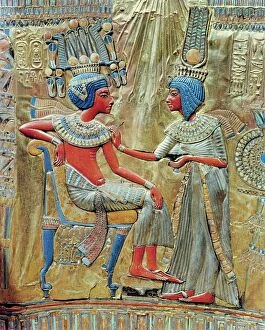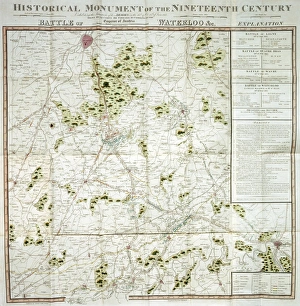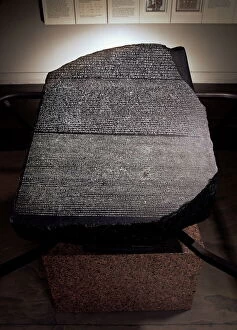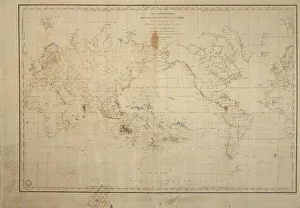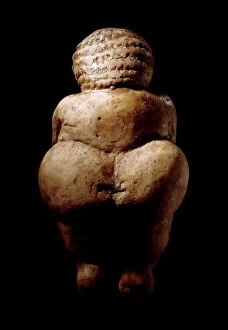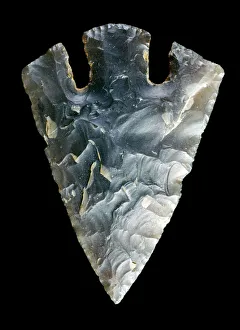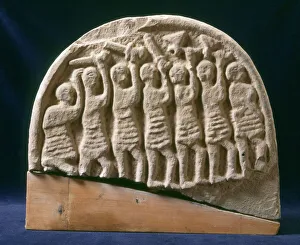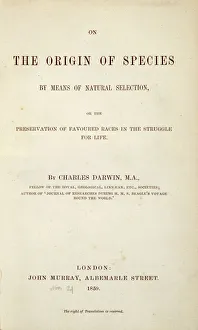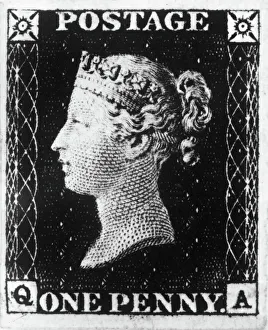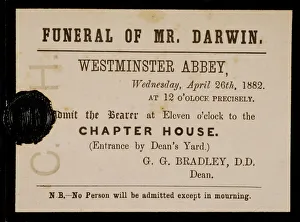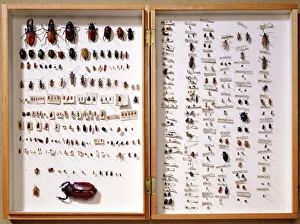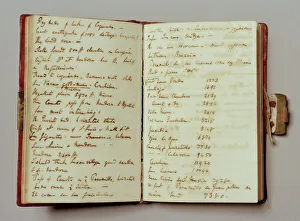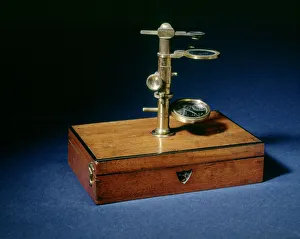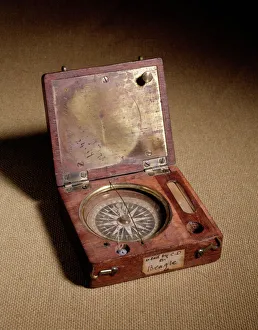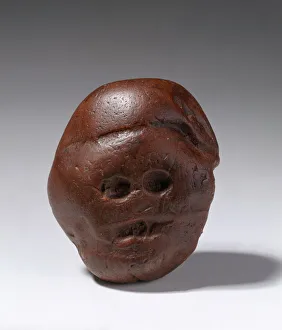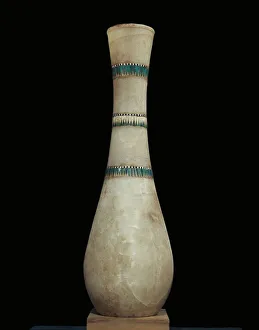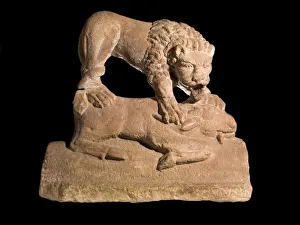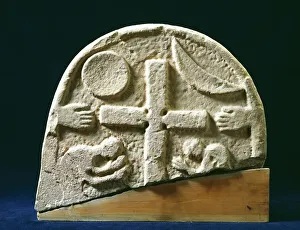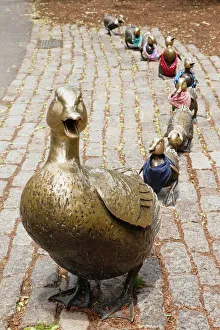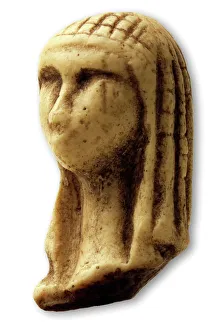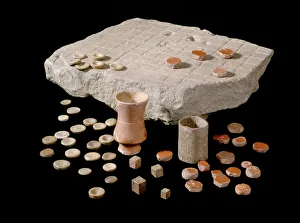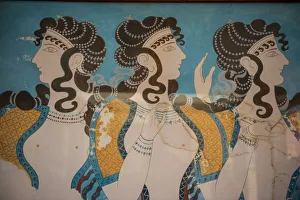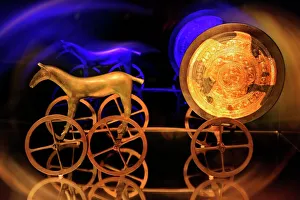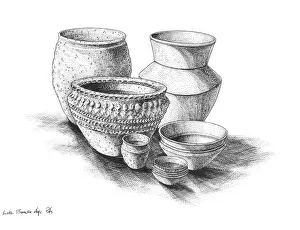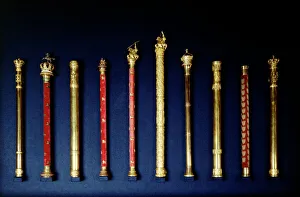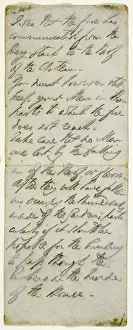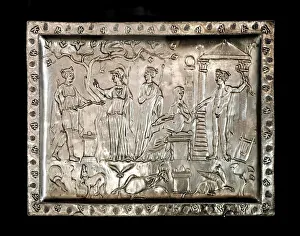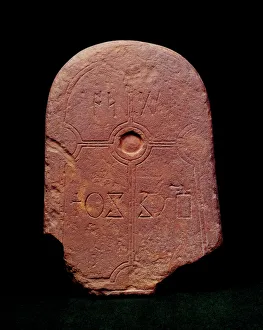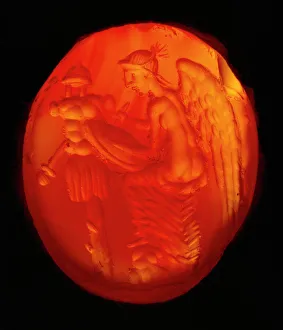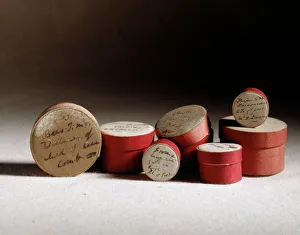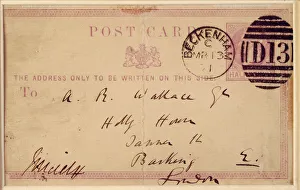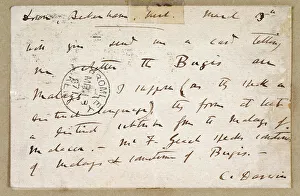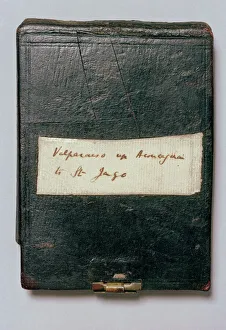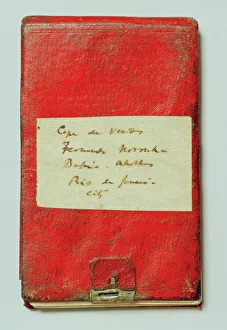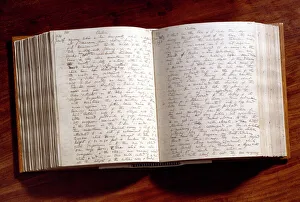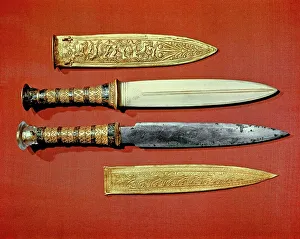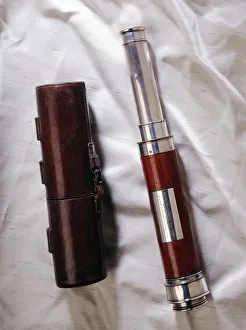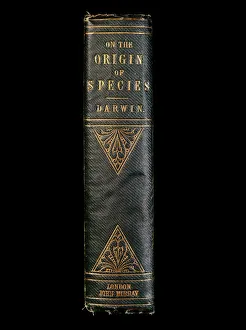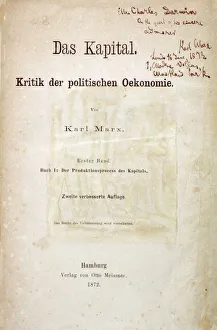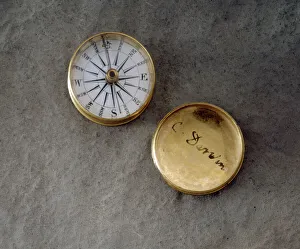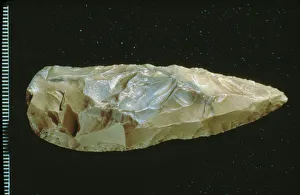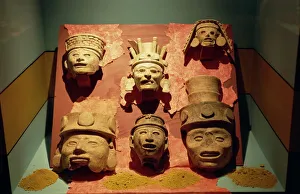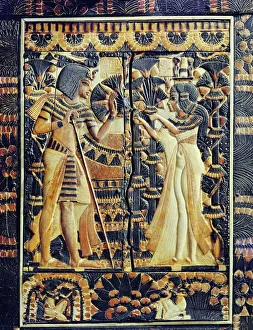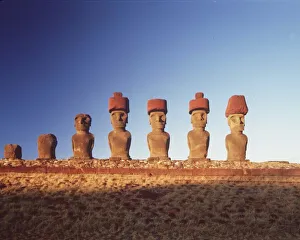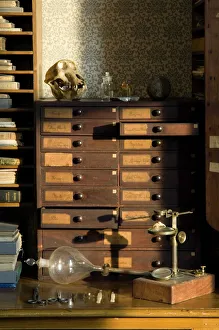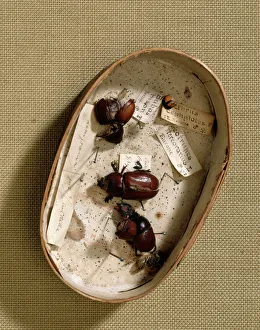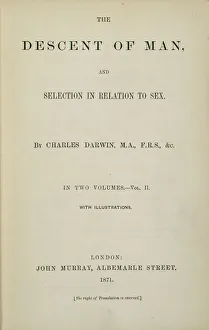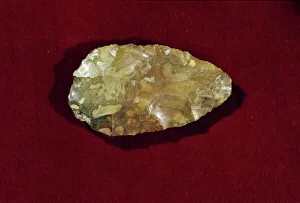Artefact Collection
"Unveiling the Rich Tapestry of Human History: Exploring Artefacts from Around the World" Step into a world of wonder as we delve into the captivating realm of artefacts
For sale as Licensed Images
Choose your image, Select your licence and Download the media
"Unveiling the Rich Tapestry of Human History: Exploring Artefacts from Around the World" Step into a world of wonder as we delve into the captivating realm of artefacts. Each piece holds within it a story, a glimpse into our past, and an ode to human ingenuity. From maps that shaped historic battles to scientific breakthroughs that revolutionized our understanding of life, these they are windows to different eras and cultures. The Battle of Waterloo map (J020089) transports us back to one of history's most significant conflicts, while The Rosetta Stone at the British Museum (London, England) stands as an iconic symbol bridging ancient civilizations. Meanwhile, Darwin's annotated world map (J970111) showcases his groundbreaking observations on evolution. Amongst these treasures lies a Bronze Age arrowhead (J930088), reminding us of humanity's early mastery in warfare. The Lindisfarne Priory Stone (J880193) whispers tales from medieval times when spirituality flourished amidst turbulent ages. Scientific marvels also find their place among these cherished relics. Charles Darwin's "On the Origin of Species" book (K970323) forever altered our perception of life itself. The Penny Black postage stamp (1840), engraved by Frederick Heath and printed by Perkins Bacon & Co. , marked a revolutionary moment in communication history with its adhesive design. An invitation card bearing K970521 takes us back to grand social gatherings where elegance mingled with celebration. A beetle display case (J970134) showcases nature's intricate beauty through meticulous preservation techniques. Delving deeper into Darwin's legacy, we encounter his notebook N020023 - pages brimming with intellectual curiosity and profound insights that reshaped biology forever. His microscope J970114 reveals hidden worlds teeming with microscopic wonders while his compass J970126 guided him on daring expeditions across uncharted territories. These artefacts stand not only as testaments to human achievement but also as reminders of our collective heritage.

